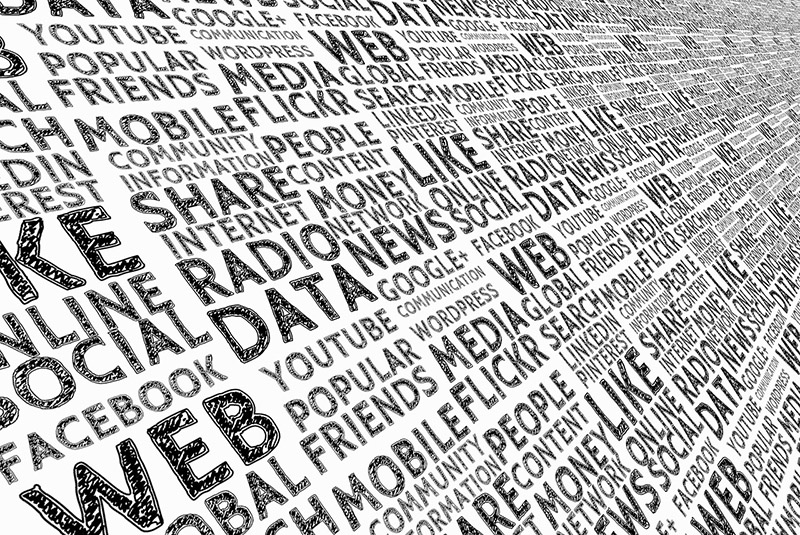The public consternation over Cambridge Analytica's "misuse" of Facebook users' data has received a lot…

Media Bias – Who is Biased?
There has been considerable criticism, of late, about what is called “media bias”. While it is reasonable that the media should be open to critique by its’ viewership, the current spate of attacks have a different agenda.
Noam Chomsky, the great American intellectual has criticised mainstream media for its’ biased approach to what is reported and how it is reported. His criticism is based on a “propaganda model” from which he concludes that much of the bias stems from the control of media by vested interests, who do not wish to report in a substantive way on anything that runs contrary to their interests. This is a valid criticism and does not seek to push any agenda other than demanding a fairer approach to reportage.
However, much of the pseudo-criticism that is currently evident, is not about a critique of how the media is controlled, but a critique of news that runs contrary to the pre-existing biases of the “critic”. In other words, the criticism becomes just another form of bias, in which the “media bias” mantra is invoked to disparage points of view or reportage that run contrary to a pre-existing bias. So we have those who wish to push their own biases attacking alleged media bias. They would have us believe that one bias is somehow superior to another bias. That is nonsense, bias is bias.
In George Orwell’s famed dystopian novel “1984”, the dictator “Big Brother” proclaims:
War is Peace
Freedom is Slavery
Ignorance is Strength
Perhaps we can now add one more to the list:
Bias is Truth
or if you prefer
Alternative Facts are Truth
Using opposites as equivalencies is a mind-bending trick that leaves the listener somewhat bewildered about what is true and what isn’t, since it is designed to confuse rather than inform. This is the essence of propaganda.
Disparaging any point of view that is disliked by invoking “media bias” or “crooked media” is nonsense since it does not address either the actual source of the information or the content of what is being presented. “Media bias” becomes a kind of magic wand to wish away all those opinions that are disliked. A more rational approach to criticism would be to avoid the use of broad-brush epithets and address what is actually being said, and who is saying it. The current approach to media critique is about as intellectually deep as name calling in the schoolyard.
As noted above the current criticism of media is sometimes genuine but frequently just another attempt to push a point a view. These pseudo-criticisms take various forms, here are a few popular ones:
Ad Hominem Attacks
This is the an old standard. Those who employ this technique seek to disparage the messenger if they can’t effectively critique the message.
False Equivalency
This technique involves stating that the actions of one individual or group are equivalent to those of another individual and group, while ignoring both the scope and context of those actions.
Naming and Shaming
An old technique in which an epithet is created and used to describe an individual, group or program for the purposes of demeaning it, without any substantive evidence. Examples are:
- Nigger
- Slut
- Obamacare
- Feminazi
- The Media
False Stereotyping
False stereotyping is used to attack an entire group by stating that the bad behaviour of one individual is typical of an entire group. This technique is used to attack groups based on various criteria such as gender, religion, nationality, race, sexual preference etc.
Be wary of anyone employing these pseudo-criticisms. Your own critical thinking is your best defence.



